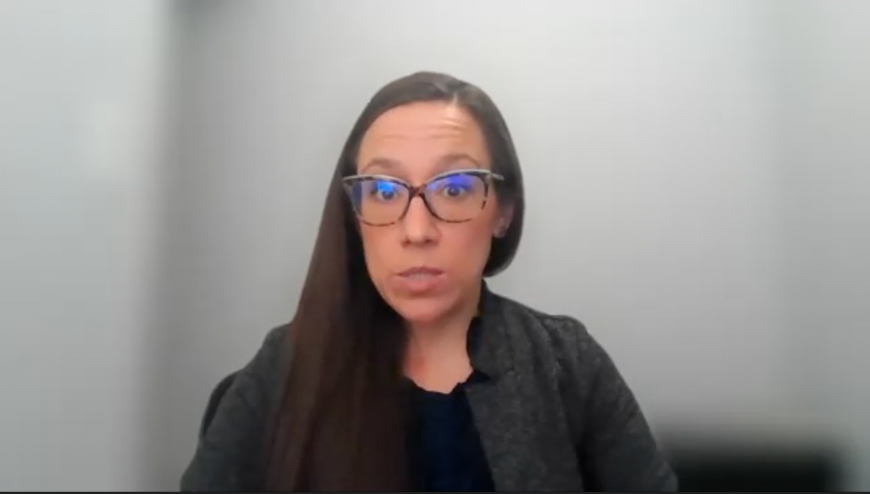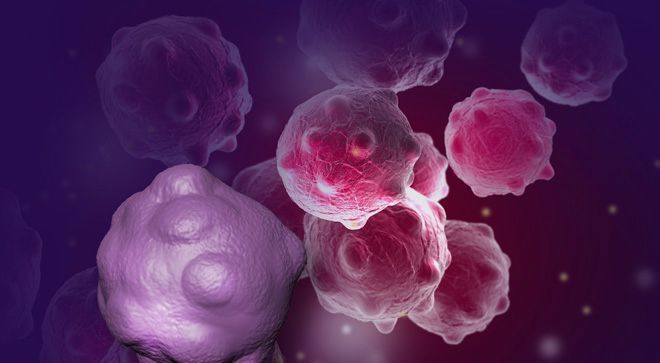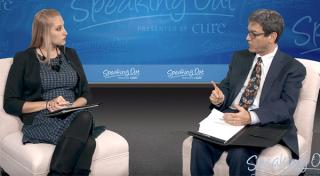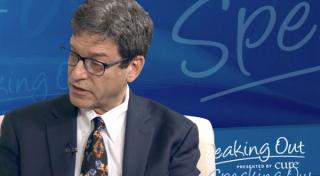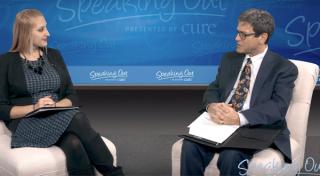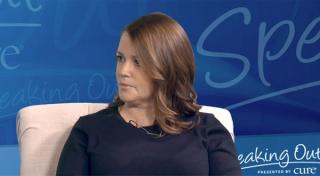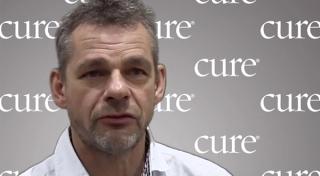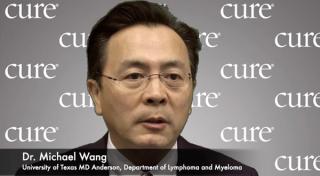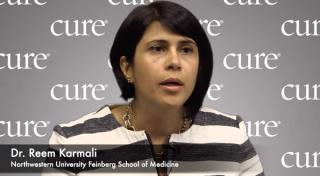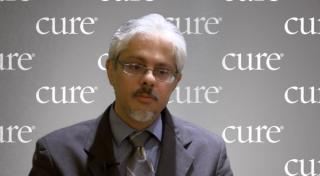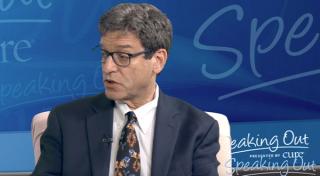
Mantle Cell Lymphoma
Latest News
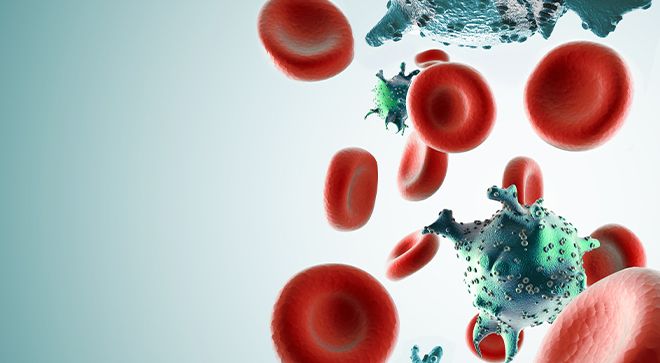
Latest Videos

More News
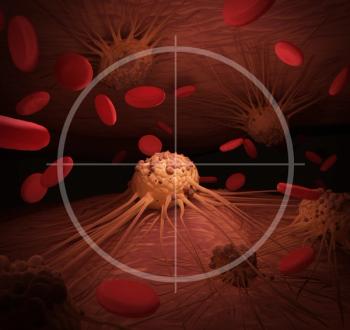
Treatment with TRPH-222 led to lasting responses in certain patients with relapsed/refractory B-cell non-Hodgkin lymphomas, warranting a larger investigation into the drug, according to the researchers.

In the midst of my treatment for mantle cell lymphoma, I had to suffer through the feeling of wanting to crawl out of my own skin when my oncologist gave me a medication tapering plan that was not gradual enough.

From the use of BTK inhibitors to maintenance therapy, an expert highlights how the treatment landscape of mantle cell lymphoma has drastically changed for the better in recent decades.

Supportive care should be implemented promptly after patients receive CAR-T cell therapy, but as one expert notes, patients with cancer are often referred for this care too late.
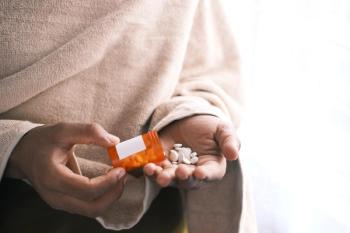
A phase 3 trial evaluating the safety and efficacy of the BTK inhibitor LOXO-305 in patients with previously treated mantle cell lymphoma is now open to patients across more than a dozen states.
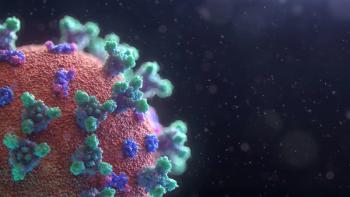
Prophylactic Monoclonal Antibodies Recommended to Protect Certain Patients With Cancer From COVID-19
The National Comprehensive Cancer Network now recommends prophylactic monoclonal antibodies for immunosuppressed individuals, such as certain patients with cancer.
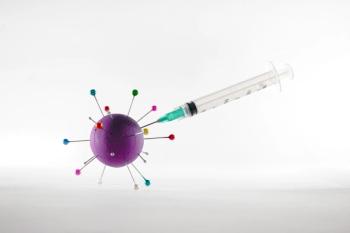
New findings show that 43% of patients with certain blood cancers produced COVID-19 antibodies after receiving a third full dose of the mRNA vaccine.

With three BTK inhibitors approved for treatment of mantle cell lymphoma, patients and providers should consider side effects and insurance coverage before deciding on a drug.

The Food and Drug Administration will review parsaclisib for the treatment of patients with follicular lymphoma, marginal zone lymphoma and mantle cell lymphoma.

More selective BTK inhibitors like Brukinsa may give patients with mantle cell lymphoma who progressed on prior therapies another option with potentially fewer and more manageable side effects.

After determining an aggressive or non-aggressive treatment approach to mantle cell lymphoma, patients and clinicians must then discuss COVID-19 vaccine efficacy when determining a maintenance treatment strategy.

Tecartus was the first CAR-T cell therapy to be approved for the treatment of recurrent mantle cell lymphoma. Now, more than a year after its approval, a doctor discusses his experience prescribing the drug.
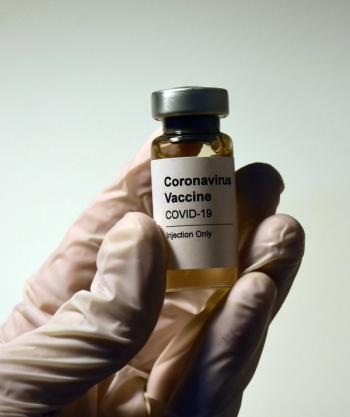
Patients who are immunocompromised, such as patients with blood cancers, may get the boosted immunity needed to reduce their risk for contracting COVID-19 and hospitalization for compilations related to the virus.
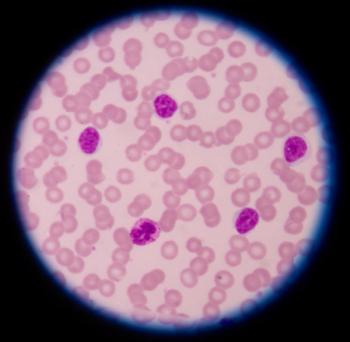
Some patients with mantle cell lymphoma can opt for a wait-and-watch approach, while others will need more aggressive treatment.
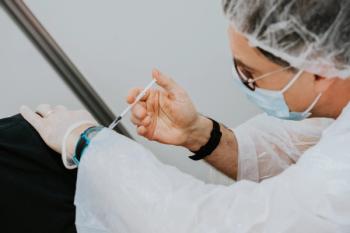
About 25% of patients with blood cancer did not produce antibodies after being vaccinated against COVID-19.

When patients with mantle cell lymphoma are discussing the use of a BTK inhibitor, they must consider what their insurance will cover, as well as current health complications and potential side effects.
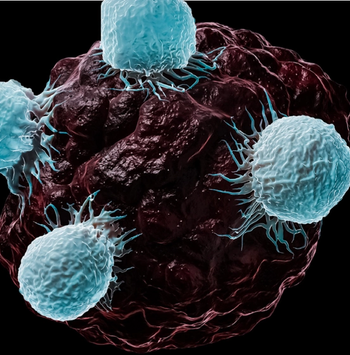
Patients can now prioritize whether durable responses to treatment or avoiding certain side effects are more valuable to them.

Patients with mantle cell lymphoma whose disease relapses within a year and a half of transplant tend to have worse outcomes and may want to consider new treatment regimens.

The Food and Drug Administration granted a breakthrough therapy designation to a new drug that can be used to treat patients with mantle cell lymphoma.

Research found discrepancies between treatment recommended by clinical trial results and treatment that is typically given to patients with mantle cell lymphoma.

Researchers observed no difference in overall and progression-free survival in patients with mantle cell lymphoma who started high-intensity treatment at least 90 days after receiving a diagnosis compared with a non-intensive therapy approach.

Factors including progression-free survival, duration of response and overall survival were promising at 15 months in patients with relapsed/refractory mantle cell lymphoma.
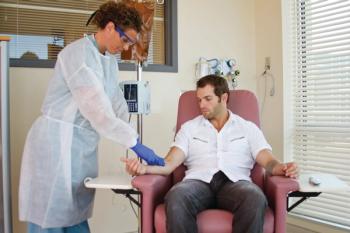
A high intensity immunochemotherapy with maintenance therapy led to 93.2% of patients achieving a complete response and 55.6% of patients with progression-free survival at five years.

Researchers found that patients who were never married, had lower educational levels or had comorbidities were less likely to be suggested an autologous hematopoietic cell transplantation, which may underline a need for more informed decision making.

Pirtobrutinib was safe and effective in treating patients with chronic lymphocytic leukemia, small lymphocytic lymphoma, mantle cell lymphoma and Waldenstrom macroglobulinemia, some of whom developed intolerance or resistance to previous covalent BTK inhibitors.


